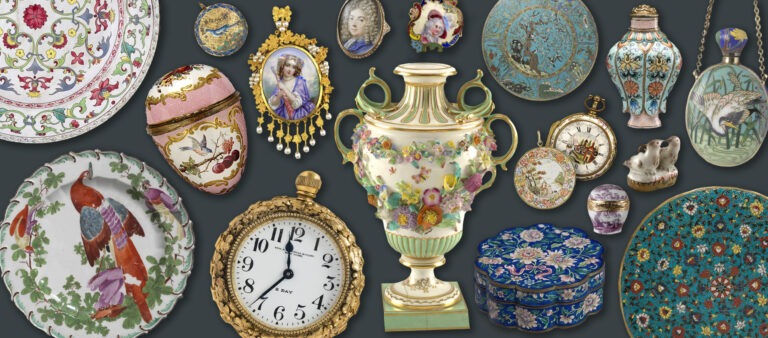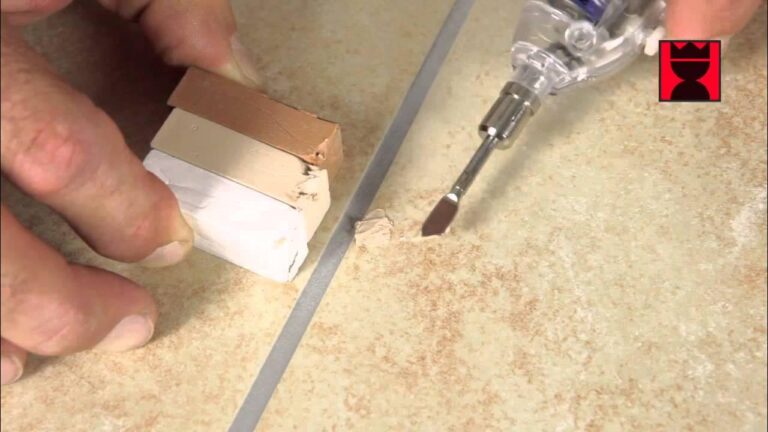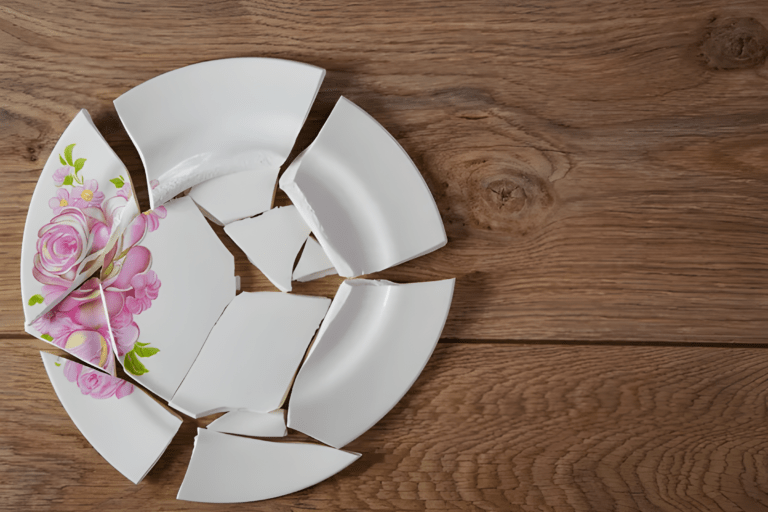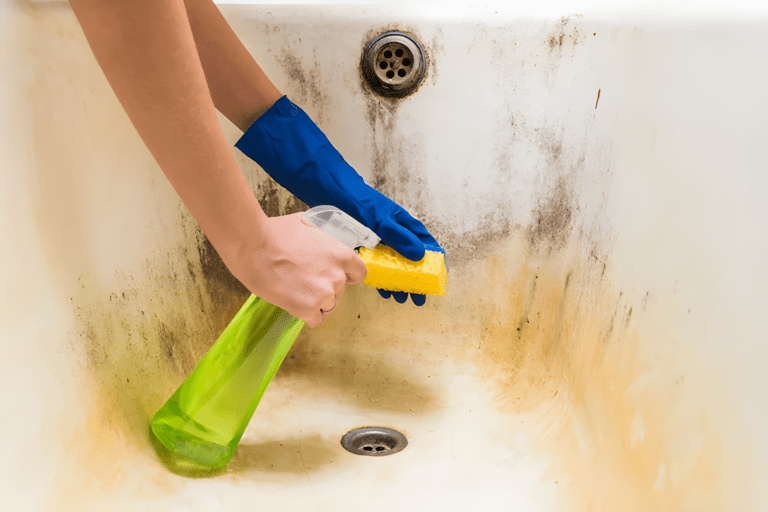Keeping Your Ceramic Knife Razor-Sharp: The Right Way
Sharpening a Ceramic Knife the Right Way
Ceramic knives are prized for their razor-sharp edges, lightweight feel, and resistance to rust. Unlike metal knives, they don’t need frequent sharpening, but when they do dull, the process is quite different. You can’t just grab a standard whetstone or honing rod—ceramic requires a specialized approach. Using the wrong sharpening method can lead to chipping or even breaking the blade. So, let’s explore the best ways to sharpen a ceramic knife while preserving its precision and longevity.
Why Ceramic Knives Need Special Sharpening
Ceramic is an extremely hard material, much harder than stainless steel. While this gives it a long-lasting edge, it also makes it brittle. If too much pressure is applied, the knife can chip or crack. Traditional sharpening methods, such as using a steel honing rod or standard sharpening stones, don’t work well because they aren’t tough enough to grind ceramic properly. Instead, sharpening ceramic requires diamond abrasives, as diamond is one of the few materials harder than ceramic.
Using the wrong sharpening tool can permanently damage your ceramic knife, making it unusable.
Because ceramic knives lack flexibility, they require a steady, precise approach. Any mistake in angle or pressure can weaken the blade rather than improve it.
Common Challenges When Sharpening Ceramic Blades
Unlike metal knives, which can be sharpened using a variety of techniques, ceramic knives demand careful handling. Their rigidity means they don’t respond well to aggressive sharpening methods. Some of the biggest challenges include:
- Brittleness: A ceramic blade can easily chip if sharpened incorrectly.
- Proper Angle Control: Maintaining the right angle is harder with ceramic knives since they don’t have the same give as metal.
- Tool Selection: Only diamond abrasives or professional electric sharpeners can effectively restore their edge.
These challenges mean that sharpening a ceramic knife isn’t just about making it sharp again—it's about doing so in a way that ensures its longevity.
Ceramic vs. Metal Knives: How They Compare
Both ceramic and metal knives have their strengths, but they differ significantly when it comes to sharpening and maintenance.
Ceramic knives hold their edge for much longer than steel knives, sometimes going years without needing sharpening. They also don’t react with acidic foods and never rust. However, when they do dull, the sharpening process is more complicated and requires specialized tools.
Metal knives, on the other hand, are more forgiving. They can be sharpened with a variety of tools and are less likely to break if dropped. However, they dull faster and require more frequent maintenance.
Choosing between a ceramic and metal knife depends on what you value more: long-lasting sharpness or easy maintenance.
Best Ways to Sharpen a Ceramic Knife
The right sharpening technique depends on your skill level and the tools available. Here are the most effective methods:
- Diamond Sharpening Stone — This is the best manual method. By gently running the knife along a fine-grit diamond stone at a controlled angle, you can restore its edge without excessive pressure.
- Electric Diamond Sharpener — For those who prefer a hassle-free solution, an electric sharpener specifically designed for ceramic knives is a great option. These devices automatically apply the correct pressure and angle.
- Professional Sharpening Service — If you’re unsure about sharpening it yourself, sending the knife to a professional is the safest choice. They use precision tools to restore the blade without risking damage.
Each method requires patience and precision, as even minor mistakes can lead to chipping.
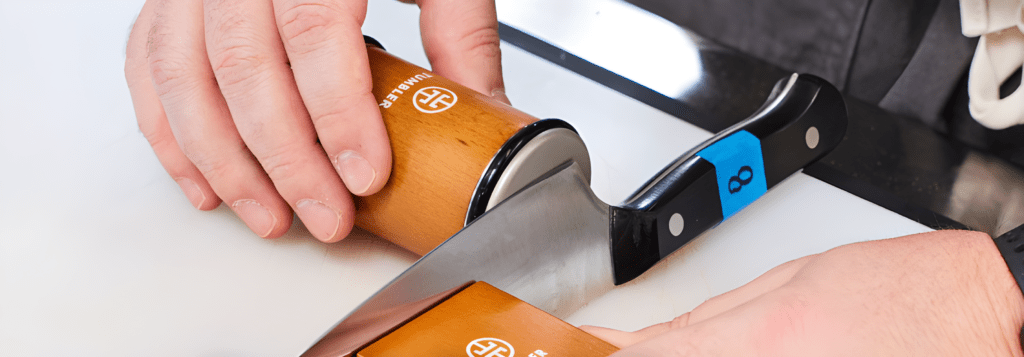
Mistakes to Avoid When Sharpening Ceramic Knives
Many people unknowingly damage their ceramic knives by sharpening them incorrectly. The most common mistakes include:
- Using a regular sharpening stone or steel honing rod (these won’t work).
- Applying too much pressure, which can crack or chip the blade.
- Attempting to sharpen the knife on a hard surface like glass or granite.
- Using a pull-through sharpener meant for metal knives (unless specifically designed for ceramic).
One wrong move can turn a dull ceramic knife into a useless, chipped blade.
Keeping Your Ceramic Knife Sharp for Longer
Regular maintenance reduces the need for frequent sharpening. To extend the sharpness of your ceramic knife:
- Use a soft cutting board (bamboo or plastic) instead of hard surfaces like granite.
- Hand wash the knife and store it separately to prevent contact with other utensils.
- Avoid cutting hard or frozen foods, as ceramic blades aren’t designed for impact-heavy tasks.
By following these practices, you’ll keep your ceramic knife sharper for longer and minimize the need for frequent sharpening.
Sharpening a ceramic knife isn’t as straightforward as sharpening a metal one, but with the right approach, it can be done effectively. Whether using a diamond sharpening stone, an electric sharpener, or seeking professional services, the key is precision and patience. Avoid common mistakes, maintain your knife properly, and enjoy the exceptional sharpness ceramic blades are known for.



